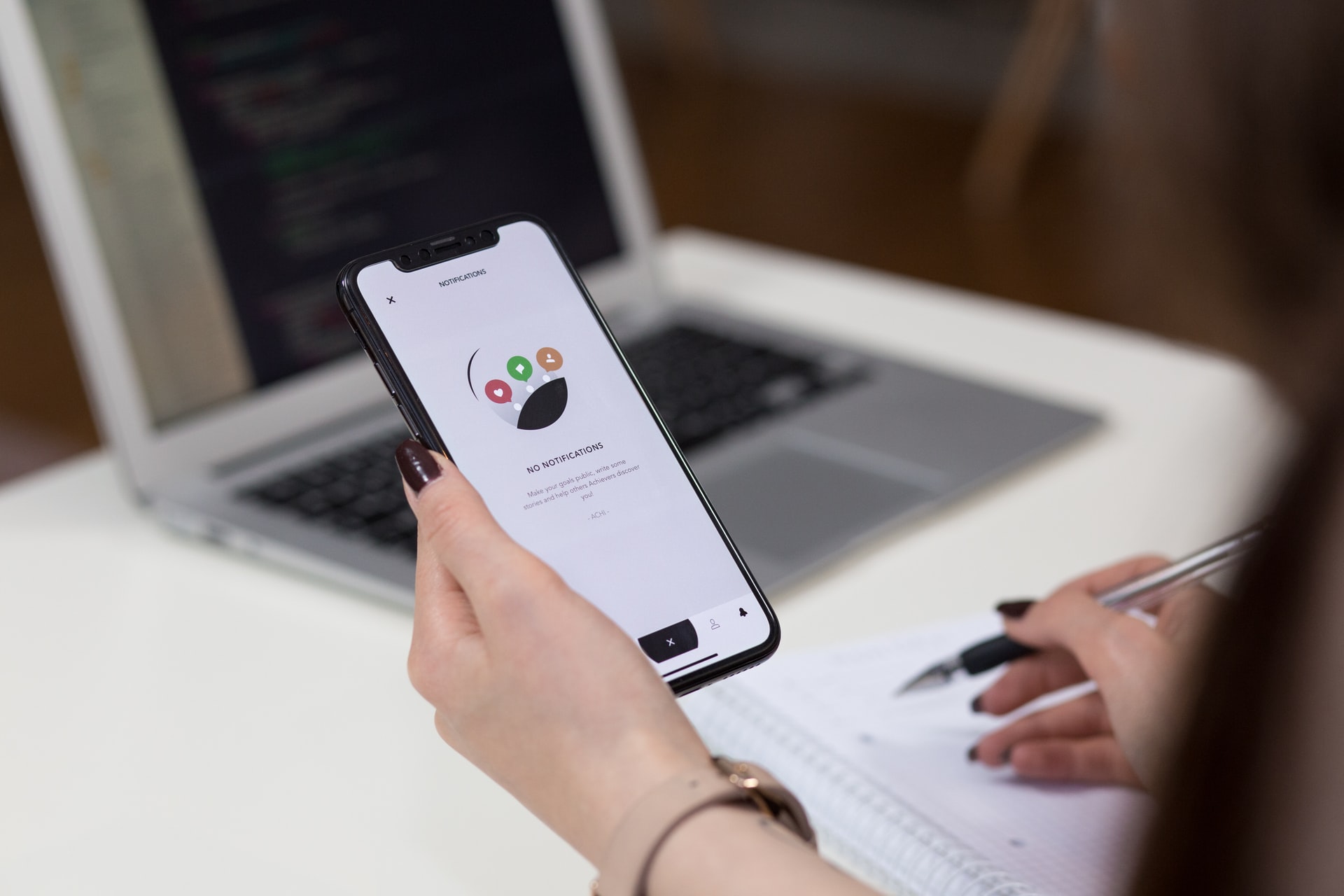5 Steps To Usability Testing for Your App
Let’s think about some bad case scenarios where you haven’t used usability testing. You pour thousands into developing an app you’re sure people are...

No one loves an app that’s cumbersome to use. Usability is a prerequisite for creating a successful app-based business. But how do you know if customers will find your app easy to use? There are several usability testing methods that will help you validate interface design before you launch your new app. Here are six of the best usability testing methods to consider for your mobile app, along with guidance for when to use them.
Usability testing is a process used to evaluate a product or service by testing it with users that represent the target audience. The aim is to collect qualitative and quantitative data by getting real people to interact with the app to determine user satisfaction and to identify any potential usability issues. The results of usability testing are used to improve the mobile app’s design.
Before you select your testing method, you need to have a solid understanding of your target audience and their thoughts, beliefs, feelings, and motivations. Creating user personas is an excellent way to do this.
To decide which type of usability testing is best for your situation, define your research objectives, mapping out your needs and desired outcomes. Three considerations will help you choose.
Remote tests can be done by phone or over the internet, where in-person tests have a moderator or researcher in the tester’s presence. Remote tests tend to be less costly and faster as you don’t need to find space and may not need to pay participants. They also make it easier to test a larger number of people using fewer resources. In-person tests usually provide more data since the observer can see body language and facial expressions. They also enable the observer to dig deeper to understand a participant’s reasoning and motivations better.
Moderated tests can be in-person or remote, and they are given by a person trained to administer the test. The administrator must be familiar with the test and the app to answer any questions the test-taker may have. Unmoderated tests are done with no supervision. They may be taken in a testing lab or facility, though they may also be done remotely at home. Unmoderated tests don’t have anyone administering them, so participants don’t have the opportunity to ask any questions. Moderated tests generally provide more in-depth results, but they can be more costly.
Explorative tests ask open-ended questions, where participants are asked to provide impressions and opinions with limited guidance. They are generally used early in product development. Comparative tests are when testers are asked to choose between solutions typically used for competitive comparisons. Assessments are generally used to determine a participant’s satisfaction with app functionality and overall usability.
Here are the most popular usability testing methods for you to consider using for your mobile app.
A phone usability test has a moderator that instructs participants to complete tasks on their device. Feedback is collected from the user via a remote recording of their electronic behavior.
Card sorting is a method of soliciting input for prioritization. Content and features are placed on cards, and the participants are asked to sort the cards, providing reasoning for their choices.
This type of testing involves choosing random subjects in a public place to solicit feedback about a prototype, often for a small gift.
This method of usability testing takes place in a usability testing environment with a moderator facilitating. Participants complete tasks on their devices, and the moderator answers questions and observes body language.
This usability method is when the actions of real anonymized users are recorded while they interact with the app. It demonstrates the features or content that are most interesting to users and what their problems are when they interact.
Contextual inquiry obtains information about the user experience by asking participants a set of questions about their experience with an app. Then, users are observed and questioned while interacting with the app.
Choosing the best usability method for your app will depend on your budget, the amount of time you have to collect results, what stage of design and development you’re at, and what information you’re seeking. You may incorporate one or more of these usability methods for your app development project.
Considering creating an app? Reach out to learn more about how we help clients build successful apps. Get in touch.
You might also like:
Subscribe to our newsletter.

Let’s think about some bad case scenarios where you haven’t used usability testing. You pour thousands into developing an app you’re sure people are...

Good app design requires understanding how your users interact with your app and why they respond the way they do. UX design offers best practices...

It’s no secret that user experience plays a central role in the success of any digital product. A well-designed user experience leads to a higher...
Post
Share